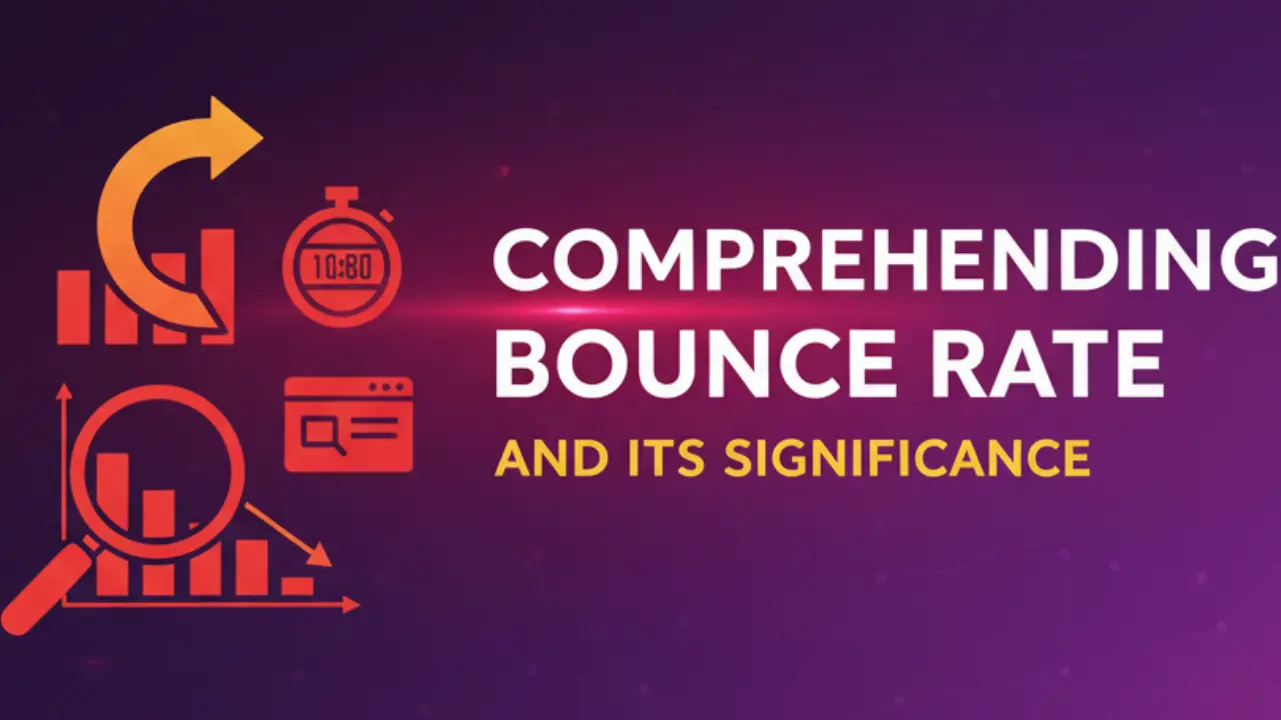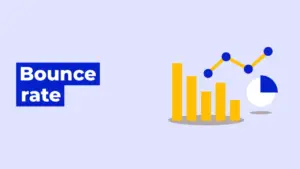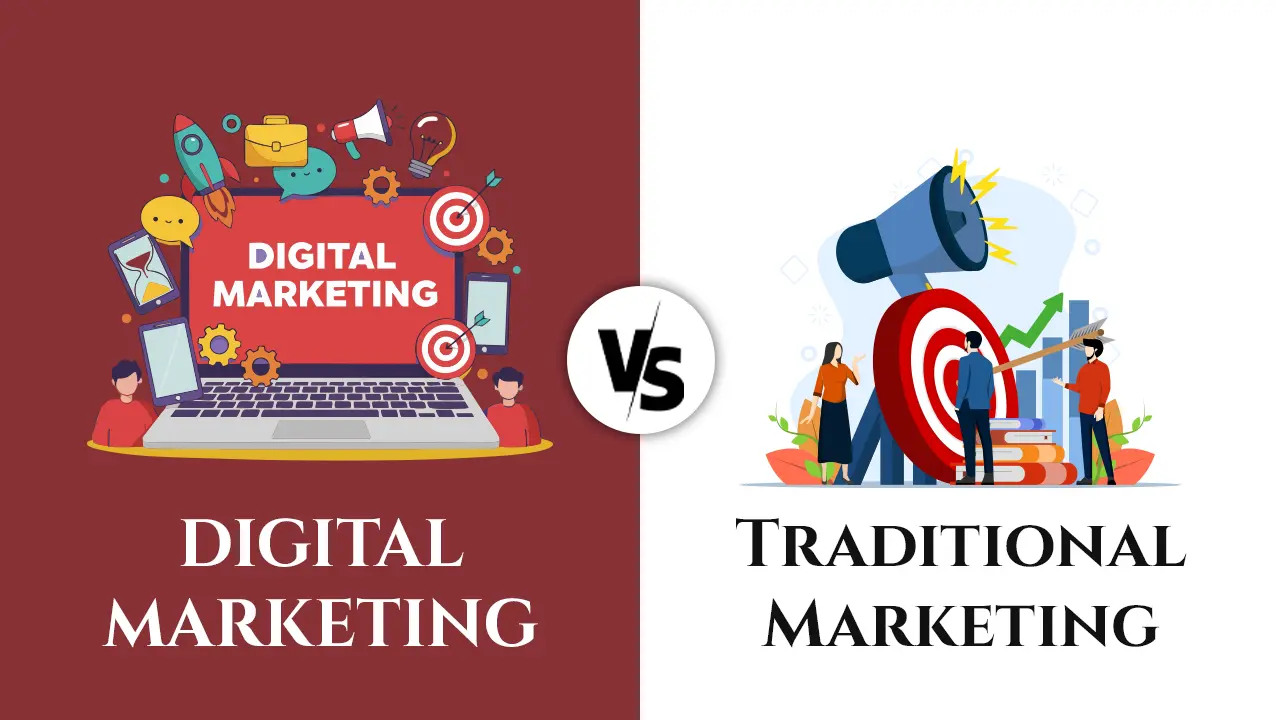Does it sound similar to your situation? You might have seen a high Bounce Rate in your metrics which helps to understand your audience behaviour. You can’t even figure out why your visitors aren’t exploring further, what went wrong and how can you fix this? With this blog we are going to explore more about bounce rate, why it matters and how you can improve it. Are you ready to make most out of your website? Let’s get started.
What Exactly is Bounce Rate?
Bounce rate is most commonly used in web analytics as it helps to measure the percentage of visitors who land on your website and leave without interacting. We simply consider these visitors as “bounce” away after viewing just one page without clicking on other links or taking any action on your website.
Lets take an example where, 100 people visit your homepage and 40 of them leave without checking other page of your website. This makes the bounce rate 40%. However, we use tools like Google analytics to track this number and it is presented in percentage form.
Why Does Bounce Rate Matter?
You must not consider a single-page visit a failure always as the visitors quickly find the information they need. Instead, a high website bounce rate can be a signal that your website fail to deliver compelling experience. Let’s take a closer look:
1.User experience: When you see a high bounce rate, it might be signal that visitors find your website confusing, unappealing or irrelevant to their needs.
2.Search engine rankings: There are search engines like Google that values user engagement. If your website shows a high bounce rate then these search engines consider your website as less valuable and might rank it lower in search results.
3.Conversion: Whether you are going to sell products, promoting services or even sharing ideas, you need the visitors to take some kind of actions. High bounce rate is considered as missed opportunities for conversions.
Common Causes Of High Bounce Rate
It is important to find out the reason behind a high bounce rate. Here are some of the common causes:
1.Slow-loading speed: If your website take too long to load then this may irritate visitors and they may leave your website before even see your content.
2.Poor design: If you have used unattractive visuals or difficult navigation then it can distract visitors.
3.Irrelevant content: If you can meet the expectations of visitors then they will hit the back button immediately.
4.Pop-up ads: If you have put overwhelming ads or pop-up ads then it will drive people away.
5.Mobile optimization issues: If your website is not optimised to be visited easily from smartphones then users from smartphones or tablets might leave it immediately.
How To Improve Your Bounce Rate
In digital marketing, this bounce rate is not something like a rock. You can take some actionable steps to keep visitors engaged and encourage them to explore your site further:
1.Optimize loading speed: Optimizing your website speed is one of the steps that you can take. It helps to give you retaining visitors. You have to compress images, minimize codes and use effective tools such as content delivery networks (CDN).
2.Enhance visual appeal: Make sure to invest into a clean, attractive website design. It is also important that your website is easy to navigate with intuitive menus and clickable buttons.
3.Create relevant content: Make sure to understand the needs of your audience and offer them content that exceeds their expectations. You can use headlines and engage visitors with helpful informative articles.
4.Reduce pop-ups: When you have limited pop-ups and ensure ads are relevant to your audience, it works in your favour. So, it is important to optimize them.
5.Call to actions: You have to incorporate clear CTAs in your website. Whether you want them to signup or read more or shop, you need to give them easy and compelling button.
These are some of the actions that you can take and optimize the bounce rate.
What Is A Good Bounce Rate?
Bounce rate differs as per the industries and the types of websites. However, we are to provide a general benchmark:
For blogs and informational sites it should be between 70%-90%.
For ecommerce sites, it should be 20%-40%.
For landing page, a higher bounce rate in acceptable.
You can consider bounce rate as a pulse check of your website. It is a simple window which helps you to understand the behaviour of your audience. Not only this, but it also guides you to create effective content that resonates with your audience.so, next time that you see a higher bounce rate, don’t panic as it is the opportunity for your website to grow.
FAQs
1.What do you mean by bounce rate?
Ans.Bounce rate is simply the percentage of website visitors who leave your website without interacting further. A higher bounce rate indicates that user experience or content are not engaging enough.
2.What is a good bounce rate?
Ans.A good bounce rate differs in the basis of the platform. as for blog, it must not exceed 70%-90%, for ecommerce, it should be 20%-40% and for landing page a higher bounce rate is acceptable.
3.How to fix bounce rate?
Ans.You can fix bounce rate by incorporating different steps such as compressing images, minimizing codes, investing into clean and responsive website design and implementing CDN etc.
4.Is there a time limit for bounce rate?
Ans.There are no time limits for bounce rate. But you must try to improve it as soon as possible. As a high bounce rate of your website may make it less valuable in the eyes of search engines like Google.
5.What is the difference between bounce rate and engagement rate?
Ans.Bounce rate is the percentage of your visitors who doesn’t take any action on your website. While, engagement rate indicates the visitors percentage who show some action or interaction on your website.

/socialsamosa/media/media_files/2025/08/20/leaderboard-new-3-2025-08-20-14-33-18.png)







/socialsamosa/media/media_files/2025/09/16/veve-festive-report-website-banner-2x-2025-09-16-18-44-51.jpg)
/socialsamosa/media/media_files/2025/09/17/yield-solutions-2025-09-17-14-23-17.jpg)
/socialsamosa/media/media_files/2025/09/04/inmobi-2025-09-04-16-45-41.png)
/socialsamosa/media/media_files/2025/08/20/social-media-calender-2025-08-20-14-53-00.jpeg)


